Types of Shutters (Interior & Exterior Design Styles)
Choosing the right types of shutters for your interior or exterior space is a challenging task. It’s very important to invest in the best window shutters for your home that provide protection against various calamities, deter crime and intrusion, and keep away unwanted pests and insects. Moreover, it’s also best to consider shutters that can complement the look, theme, and ambiance and boost your house’s overall curb appeal.
Shutters have their own set of styles, benefits, and purposes. Let’s take a look at the different types of shutters below.
Interior vs. Exterior Shutters
In general, there are two main types of shutters: interior and exterior. Both types come in a wide array of styles, colors, and sizes. Each type also has its fair share of risks and benefits. Let’s start with interior shutters.
As the name implies, interior shutters are mainly designed for your home interior. These types provide either full or partial window coverage. Here are the main advantages of interior shutters:
- Offers optimal privacy
- Lets you control the amount of natural light coming into your house
- Provides protection from the elements
- Affordable
- Improves the design of the home
The downside to interior shutters, however, is that they don’t have excellent insulation properties, unlike exterior coverings. Also, they are usually made of less robust materials compared to exterior designs.
Exterior shutters, on the other hand, are generally made for outdoor use. Like interior designs, they also offer optimal privacy and security.
But unlike interior options, they are normally made of highly robust materials. They can also withstand harsh weather conditions and provide exceptional security against unwanted intruders.
Well-designed exterior shutters can also significantly enhance the exterior appearance of your house.
Here are the rest of the benefits of exterior shutters:
- Provides excellent ventilation and protection against the elements
- The exterior security can be easily enhanced, depending on the shutter design.
- Rolling or motorized exterior options, in particular, can withstand harsh weather conditions, including extreme wind, rain, or snow.
On the flip side, exterior shutters can be quite difficult to control and adjust since they are installed outside your house. Moreover, they can be quite harder to maintain since they’re directly exposed to various weather conditions.
Types Of Interior Shutters
Below are the different types of interior shutters for the home.
Traditional
High-end traditional interior shutters, in particular, are normally made of hardwood like basswood. They’re well-known for their classy appearance that blends well into any window and interior style.
Interior Plantation Shutters
Interior plantation shutters are considered the most popular shutter option nowadays. Generally, they come with a 3.5-inch louver. While others usually have 2.5 or 4.5-inch louvers.
Louvered wooden shutters provide an attractive and practical alternative to fabric curtains or blinds, adding a touch of style to just about any interior. – Popular Mechanics Complete Home How-to, Albert Jackson, David Day
These louver designs are an excellent choice if you wish to make your interior space contemporary, bright, and inviting.
Shaker Style Shutters
Also known as solid panels, shaker-style shutters are specifically built for inclement weather. Normally, they are directly attached to windows using tracks or bolts.
These are especially recommended if you live in a hurricane- or disaster-prone area. Shaker-style shutters are arguably the most secure interior styles.
These types are also extremely durable and quite affordable compared to the other interior options. However, installation may be a tedious process.
Café Shutters
Café style shutters, as the name implies, are typically present in French cafés. These types of shutters only provide partial window coverage, usually covering just the bottom part of the window.
These types are generally installed in the house interior, normally seen in kitchens or living rooms. They are quite excellent at maintaining privacy, while at the same time maximizing the amount of natural light that you let into the room.
However, the downside to these designs are that they don’t provide sufficient weather protection and insulation to your interior space.
Multi-tier Shutters
Multi-tier shutters somehow share the look of café shutters. But unlike café designs, multi-tier options tend to be more versatile, allowing you to keep some parts of your window covered while the other parts are still open.
They are highly recommended for bay windows, in particular.
Barn Door Shutters
Barn door shutters tend to complement rooms that are dominated by a barn-style interior. This is because these types generally resemble the appearance of barn doors.
So, if you have a rustic, barn-style interior space, incorporating a barn door style would be your best bet. They’re highly recommended for interior spaces that use barn wood as their base material.
These essentially work using pulley or wheel technology, which allows you to either open or close them partially or widely. Aside from their uncanny resemblance to barn doors, they operate like them, too.
Exterior Shutter Types
Below are the different types of exterior shutter styles for the home.
Traditional House Shutters
Traditional exterior house shutters use thick frames that hold the slats close to each other. These types can provide partial or full window coverage.
They are typically made to enhance your home’s exterior appearance but are not completely reliable in providing additional protection for your home. Nor are they capable of controlling or maximizing the natural light you’re letting into your interior space.
Traditional shutters do not normally open or close, which means they are also incapable of providing insulation to your home. Maintenance can also be a tedious process.
Exterior Panel Shutters
Exterior panel shutters are commonly called flat panels. However, their appearance is generally plain, lacking any elaborate designs or details.
But on the bright side, exterior panels can lend your house a modern minimalist exterior look, which is quite the trend nowadays.
Louvered Shutters
Louvered shutters are made of parallel wooden slats that can be easily adjusted to let sunlight into your interior space and to keep away unwanted pests and insects. Keeping them partially open or closed allows for easier control of the indoor temperature.
This exterior shutter functions in almost the same way as a plantation shutter. However, louvered panels are generally installed in the house’s exterior. So they are also quite hard to open and close.
Exterior Plantation Shutters
Actually, exterior plantation shutters are quite similar to interior plantation styles. The only main difference between the two is that the former is installed in your house’s exterior, as the name suggests.
Exterior plantation shutters are also usually made of more durable materials to be better equipped against the elements. Some of these products are also made of aluminum, which provides excellent insulation and enhances their appearance.
Raised Panel Shutters
These shutters offer a rare three-dimensional style where the slats are made of rectangular parts, resembling a photo frame.
Compared to other types, this option exhibits unique styles and dimensions. It’s a great option for boosting the exterior of your house. They are also superior in terms of increasing the value of your house.
On the downside, they are not generally built for functionalities, as well as for protection and security purposes.
Board And Batten Shutters
Board and batten shutters are generally made of wood or wood-like materials. They can be trimmed to achieve the desired various sizes and shapes that will fit your windows.
These exterior panels are mainly designed for aesthetic purposes and to boost the curb appeal of your house. Normally, they are attached to the sides of the window.
They operate in the same way as French doors and also offer enough protection from sunlight.
However, they can be difficult to adjust as they’re installed outdoors.
Combination Shutters
As the name suggests, these shutters combine two or more designs. One common design combination is a mix of louvered and raised panels.
A combination shutter is an excellent choice for people who opt for uniquely beautiful shutters that reflect their personality and style.
Cut-out Shutters
Cut-out shutters are typically made of pure wood. They are made of cut-out materials that are normally seen in traditional gingerbread homes or European alpine village houses. Just like the board and batten style, they are mainly designed for curb appeal.
These types aren’t superior in terms of providing total protection against the elements, optimizing natural light, and regulating temperature. However, they are quite beneficial when it comes to improving the value and appearance of your house exterior.
Bahama Shutters
Bahama shutters are permanently attached to the front window(s) of your house. Generally, they are installed above the window. You can easily open them when you need some sunlight or close them to protect your interior space from inclement weather.
These designs are made of extremely durable materials. In fact, they are generally built for houses in coastal or hurricane-prone areas. However, they may not be the best choice when it comes to visual appeal as their design is quite plain and nondescript.
Hurricane Shutters
Similar to the Bahama style, hurricane shutters are an ideal option for those living in hurricane-prone areas. These types are often in accordion form, where they collapse and fold when not in use. They can be easily used again once the hurricane season comes.
The main function of hurricane shutters is to provide protection against extreme calamities like hurricanes, as the name implies. The good news is there are various inexpensive hurricane options available on the market.
However, if you want to opt for more durable options, there are also types that can be permanently fixed to your windows. But take note that they’re quite expensive.
Rolling Shutters
Rolling shutters are specially designed to protect your space from the sun’s UV rays and to better regulate the temperature. They can be an excellent choice for providing security to the home and protecting from adverse weather conditions.
There are also inexpensive options for this shutter type. Meanwhile, some high-end options are even automatic or motorized, which you can open or close by using a remote or a smartphone app.
Furthermore, roller coverings can also give your house exterior a very stylish look. So, if you want to incorporate exterior window treatments that can provide adequate protection and boost the appearance of your house, a rolling shutter is an excellent choice.
Faux Shutters
These styles typically resemble wood shutters. They are also highly durable and extremely easy to mount.
Faux shutters are also moisture-resistant, so it’s best to install them in humid spaces such as bathrooms, laundry rooms, or kitchens. Moreover, they are long-lasting, easy to clean, and visually pleasing.
You can also easily control the amount of natural light coming into your interior space. They also tend to dampen outside noise and provide excellent insulation. If you have uniquely shaped windows, you can also benefit more from faux designs.
Painted-on faux panels use an art technique known as trompe-l’oeil, that tricks the eye into perceiving a painted detail as a three-dimensional object. Painted-on faux designs are a practical solution to achieve the desired aesthetic appeal without the expense of maintenance or purchasing faux products and installation.
Types Of Shutter Materials
Here are the most popular types of shutter materials for the home.
Wood
Shutters that are made of wood are quite known for their attractive look and unique appeal. This is the most common choice of shutter material as it is extremely sturdy, durable, and timeless.
In fact, it’s said to be the most popular shutter material choice of most manufacturers, even to this day.
There are various choices available when it comes to wood-made shutters, including:
- Poplar
- Cherry
- Maple
- Alder
- Basswood
- Pine
- Oak wood
Faux Wood
Faux wood is made of synthetic solid polyurethane material that mimics the appearance of natural wood. This material is also known as poly faux wood, or synthetic.
Despite being a wood imitation, faux wood is more robust and energy-efficient compared to natural wood. It can also resist moisture better and is far easier to maintain than its counterpart.
Vinyl
Vinyl is either made of PVC or plastic. The elements that formed these shutter materials underwent an extrusion process through molds.
Vinyl window coverings do not require to be painted. They are also energy-efficient and can be effortlessly maintained.
PVC
Shutters that are made of PVC material can provide an exceptionally sturdy surface. PVC, also known as polyvinyl chloride, is made of hollow plastic that is extremely scratch-resistant.
These products are also available in a wide array of colors that can match any home interior well. They’re also energy-efficient and very easy to clean.
Composite
Composite is also a shutter material that’s made of medium-density fiberboard (MDF). It’s made of wood fiber scraps that are mixed with a resin binder and wax.
Composite materials are also known as hybrid or MDF types. They are exceedingly energy-efficient and quite cheap. They also give a smooth finish.
Metal
Metal shutters are either made of steel or aluminum. These are excellent materials for windows, especially garage windows.
These materials are also highly durable and perfect for commercial buildings, schools, and high-security establishments. They also provide security against burglars and thieves.
Moreover, they can withstand harsh weather extremely well. Treated metal materials can also be galvanized to resist corrosion.
Powder Coated Aluminum
Powder-coated aluminum shutters are extremely tough and durable. They also lend a sleek and elegant appearance to your windows or doors.
These provide exceptional insulation and protection against extreme weather conditions.
Shutters Cost
Here’s a comprehensive list of the average costs of shutters per square meter/single window:
Interior Shutters
- Interior Plantation – $90 to $300
- Shaker Style – $180 to $200
- Café Style – $260 to $300
- Multi-tier – $230 to $320
- Barn Door Style – $170 to $470
Exterior Shutters
- Traditional Exterior – $140 to $280
- Exterior Panel – $200 to $650
- Louvered – $130 to $220
- Raised Panel – $250 to $700
- Exterior Plantation Style – $250 to $500
- Board and Batten – $80 to $200
- Combination Shutter – $40 to $190
- Cut-out Style – $150 to $200
- Bahama – $140 to $245
- Hurricane Shutter – $120 to $250
- Rolling – $700 to $1500
- Faux Shutter – $100 to $260
Shutter Options
Cutout design: A cutout design is an effective way of customizing your shutters. There are various available shapes that you can consider. You may also opt for a custom cutout design to add a personal touch to your home.
Shutter Configurations: The shutter’s rails position and placement ascertain the configurations of the shutter. The configurations are normally considered as the overall length percentage of the shutter. Check out our guide to shutters vs blinds here.
Radius Tops: This option allows the shutter to suit arched windows perfectly. You can consider ready-to-use and customized radius tops depending on your needs.
Beading and Rabbeting: Rabbeting enables a well-functioning shutter to extend over when it’s closed. This option provides a vintage look for windows. Beading, on the other hand, is a decorative effect that enhances their look and style.
Mouse Holes and Tilt Rods: Mouse holes are indentations that enclose the tilt rod’s bottom. Meanwhile, tilt rods are generally used to operate and adjust louvered panels. If your louvers are not mechanically working, this option can also be used to add character to the exterior.
Shutter Capping: Shutter capping helps direct the water away from the shutter, preventing it from getting damaged. Upgrading to copper capping is also a great way to enhance the overall look.
When Should You Not Use Shutters?
In general, shutters don’t work best with the following window types:
- Double-mulled windows
- Very wide windows
- Bay windows
- Ultra-small windows
- Some dormer windows
- Picture windows
It’s also not best to install shutters on just one side of the window, leaving the other side without a covering.
A helpful tip if you do have curtains and would like better sound insulation is to cover the openings with curtains, draperies or other window treatments. Choosing the right fabric can also help provide decoration to match them with the style of your room
How Do I Choose A Shutter Style?
Shutters are available in a broad selection of styles, so it may be hard to choose the right one for your interior or exterior space.
In general, the best shutters for your house should match the architectural style or design of your house. They also need to be fitted properly to the windows.
However, if there aren’t any readily available products on the market that suit your taste, perhaps it’s best to opt for custom shutters. There are limitless options when it comes to customizing your window coverings, but make sure that the style will blend well with your home’s interior or exterior.
Deciding on shutter styles is important. Each of them can serve its own benefit and purpose, so you must be certain the style you will pick out will enhance the overall protection and security of your home.
Choosing Shutters Checklist
- They should match the home’s design
- They are sized for the windows correctly
- The materials selected are right for your environment
- Check that they give you proper control of natural light
- Consider features such as privacy, security, and noise reduction
- Make sure the budget can support the type you want
Shutters are one of the most important investments you can make for your home. When it comes to choosing the best one to go for your home, there are several factors you need to consider, including the style, configuration, and functionality of the shutters.
In the end, you should go for what you deem fits your needs and preferences and best.
What are your favorite types of house shutters? In the comments section, let us know which shutters and window treatments you prefer. For more related content, check out the different types of window shades here.

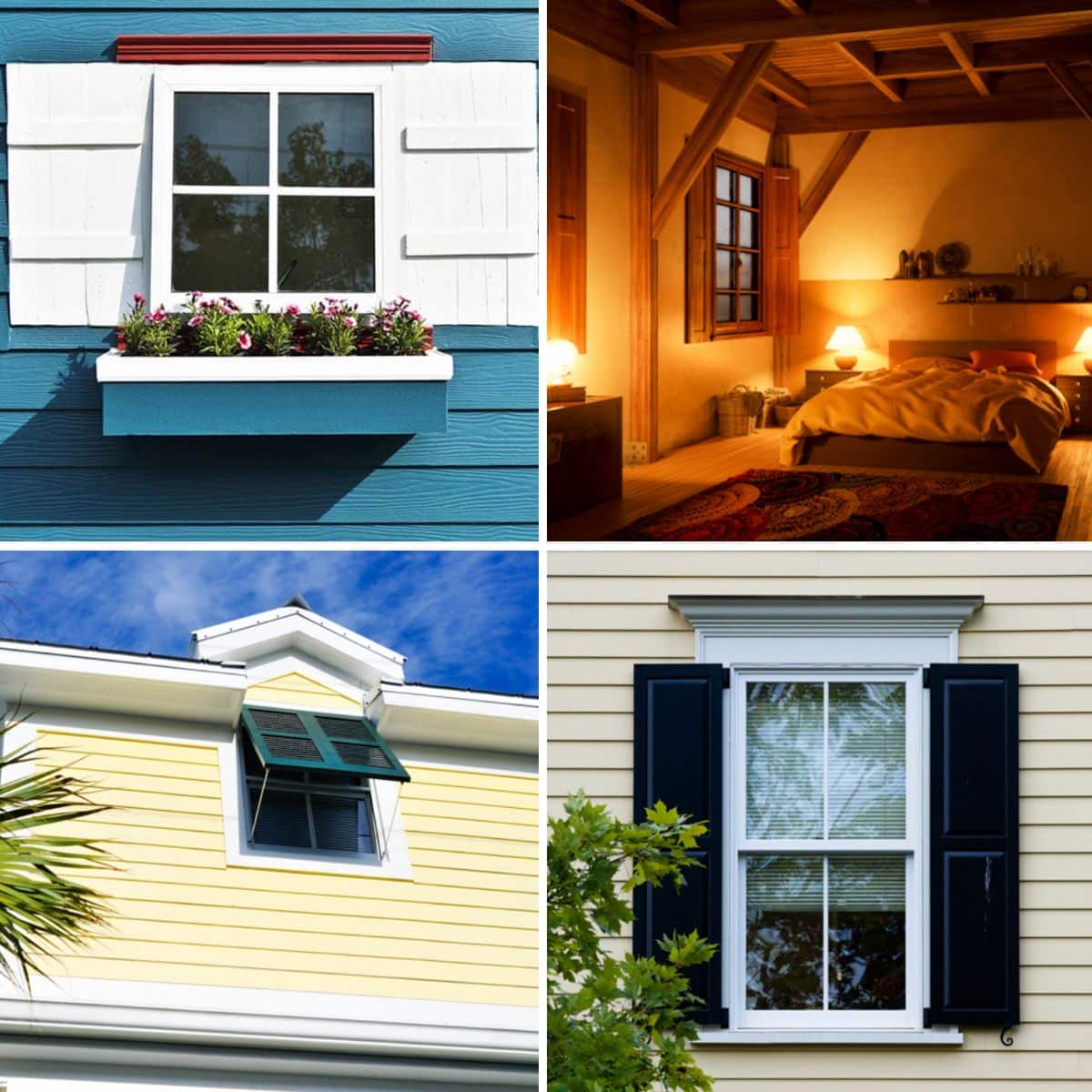

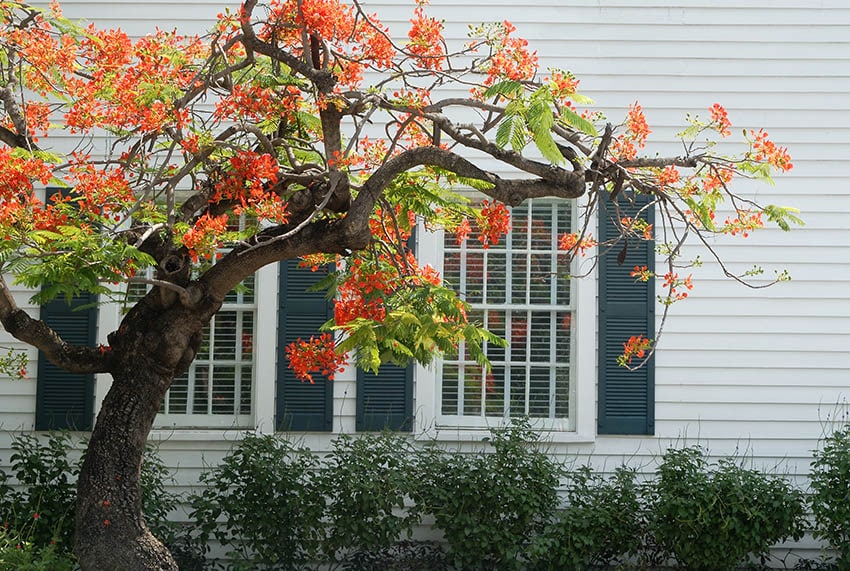

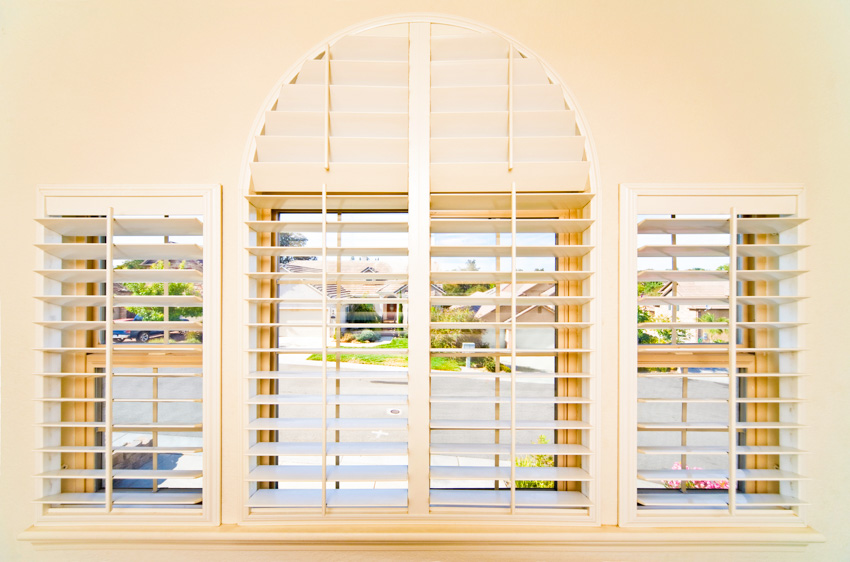
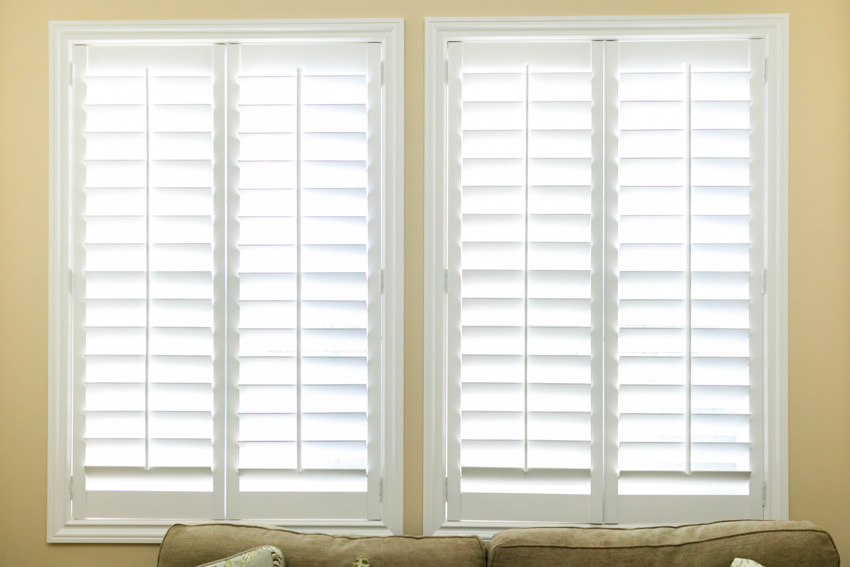

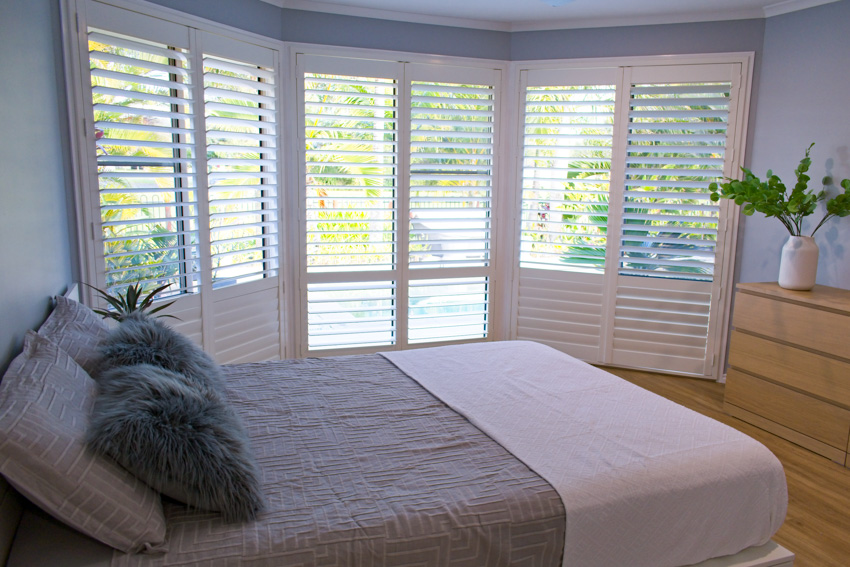
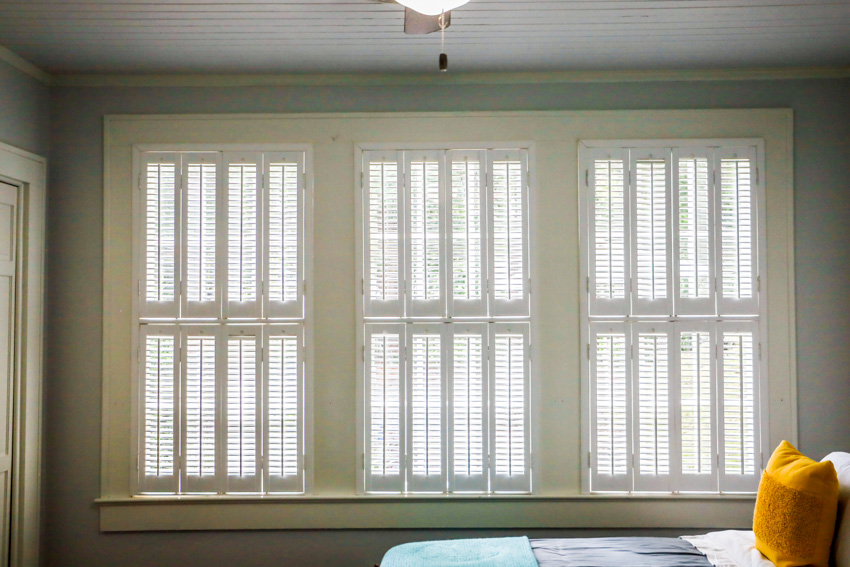
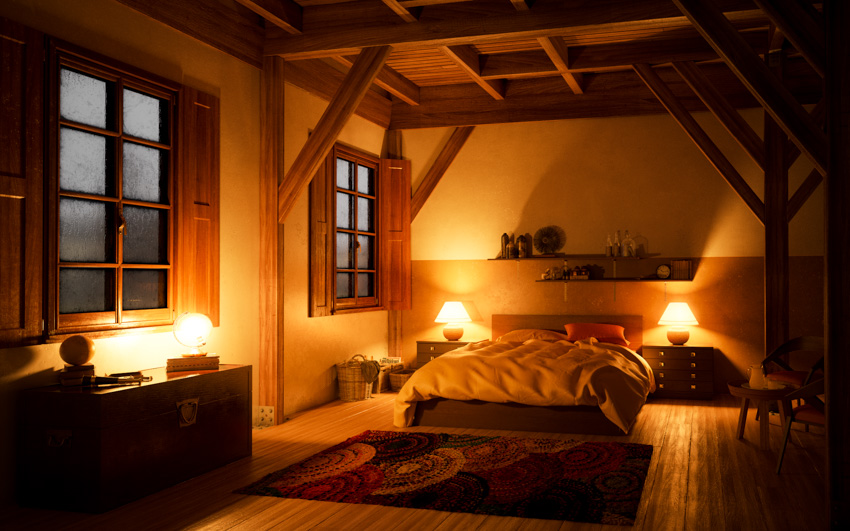

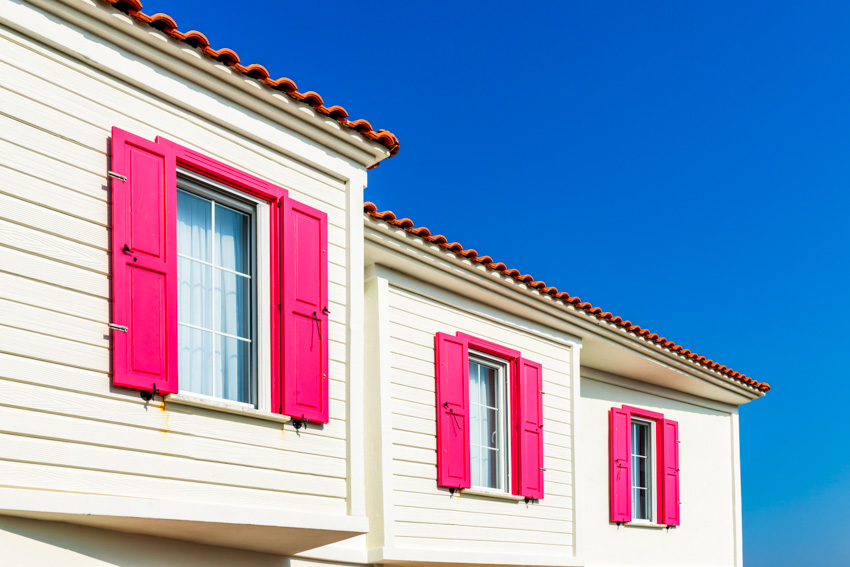
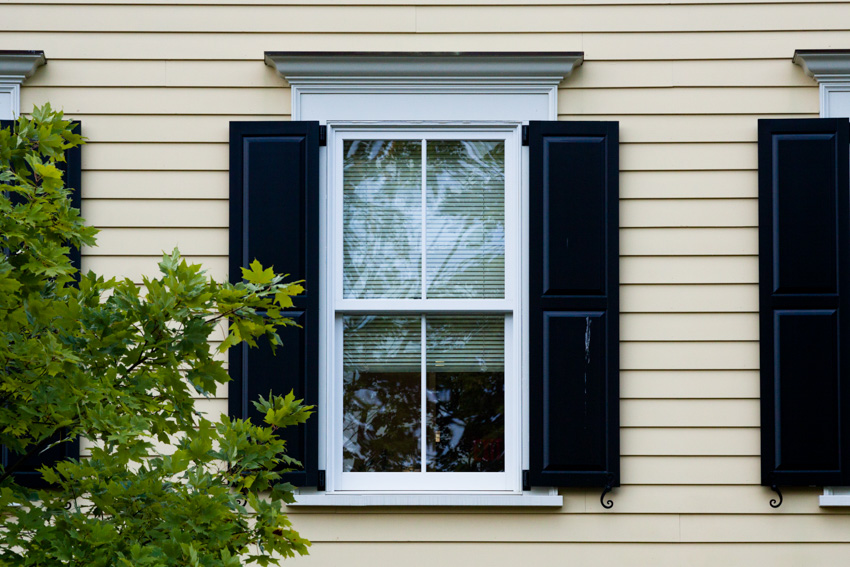



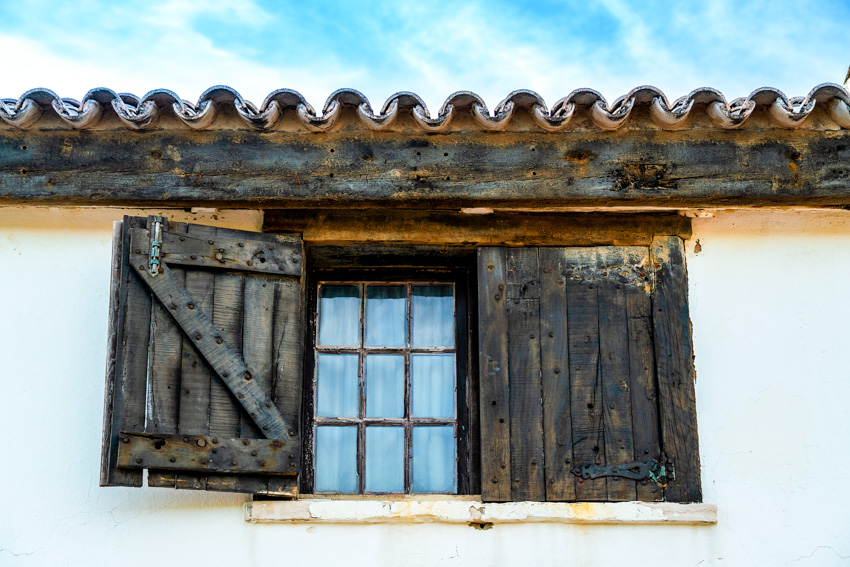
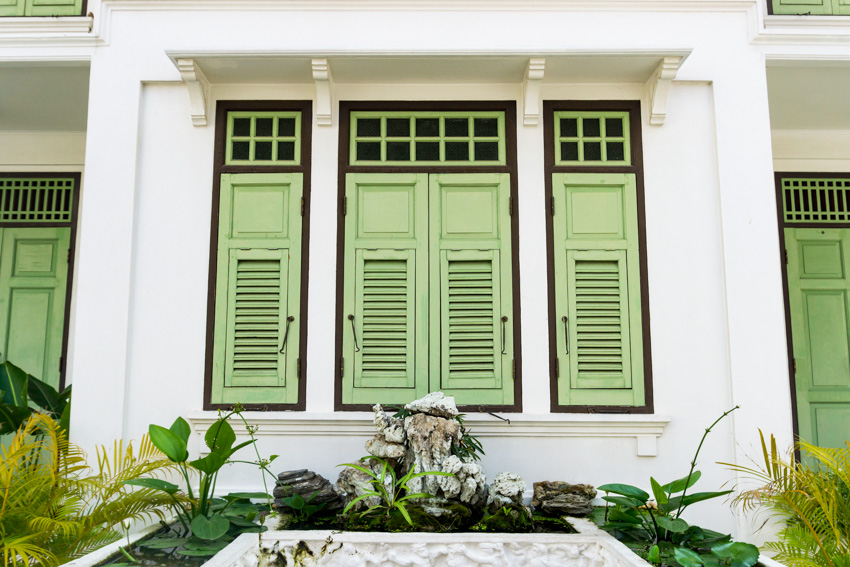
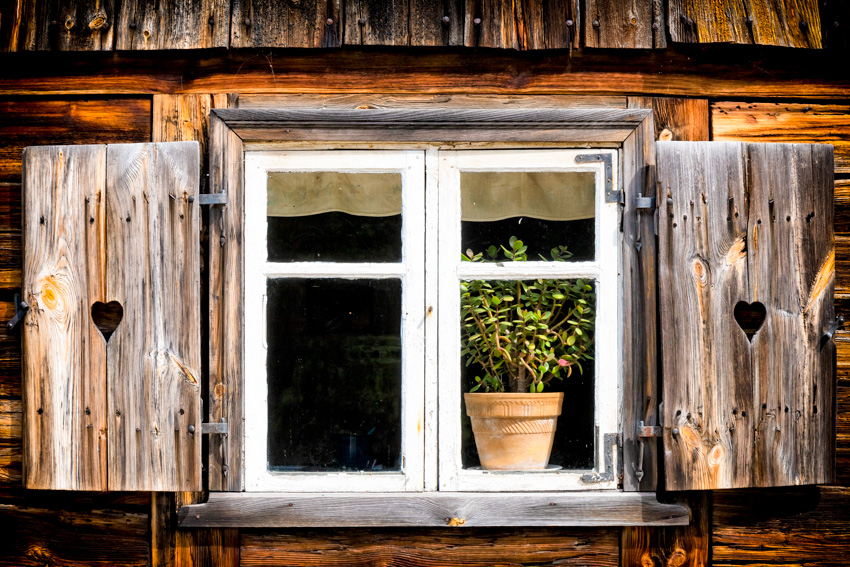
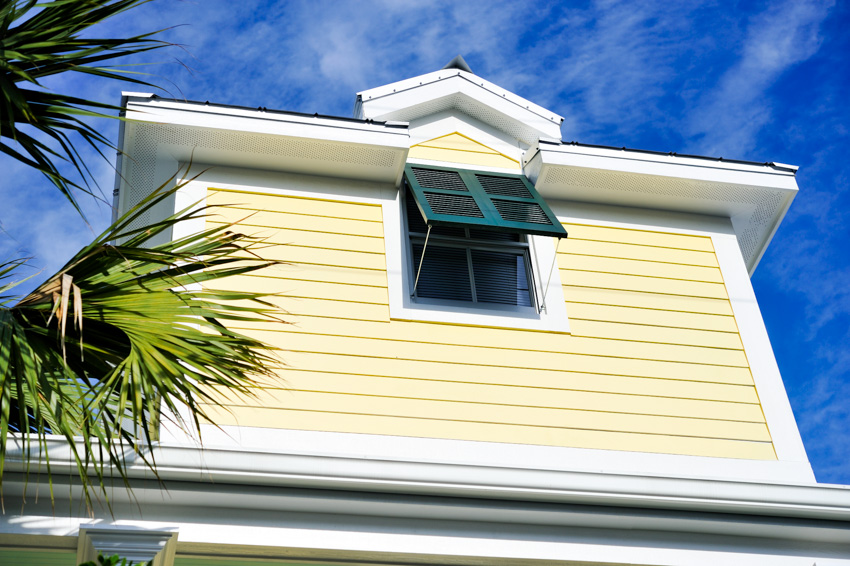
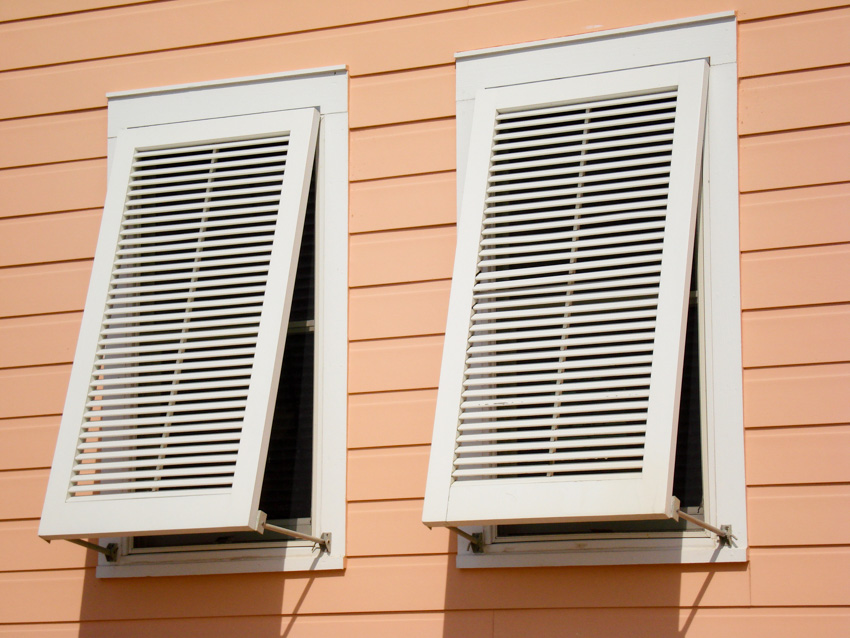

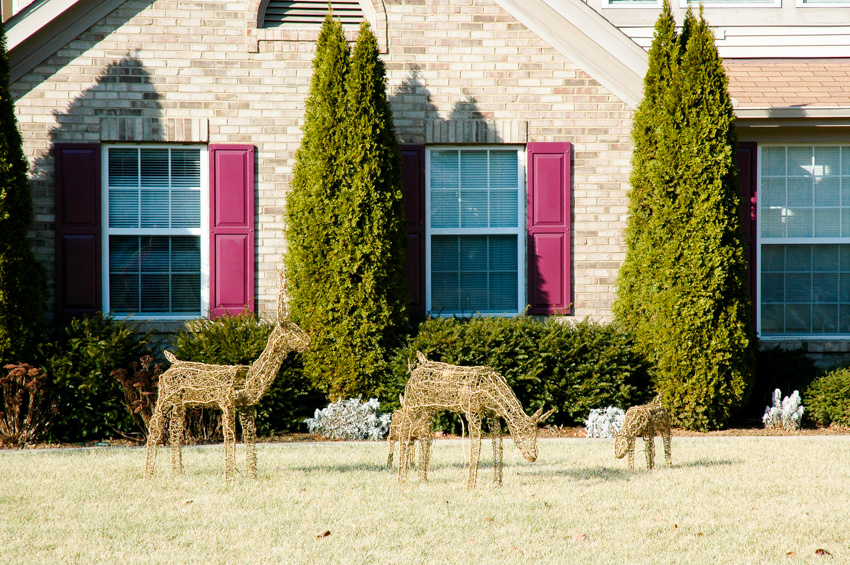

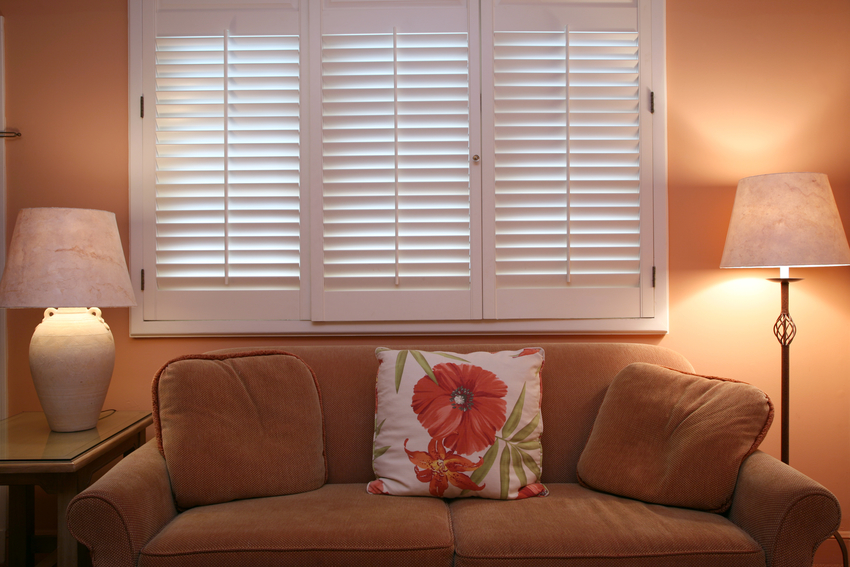
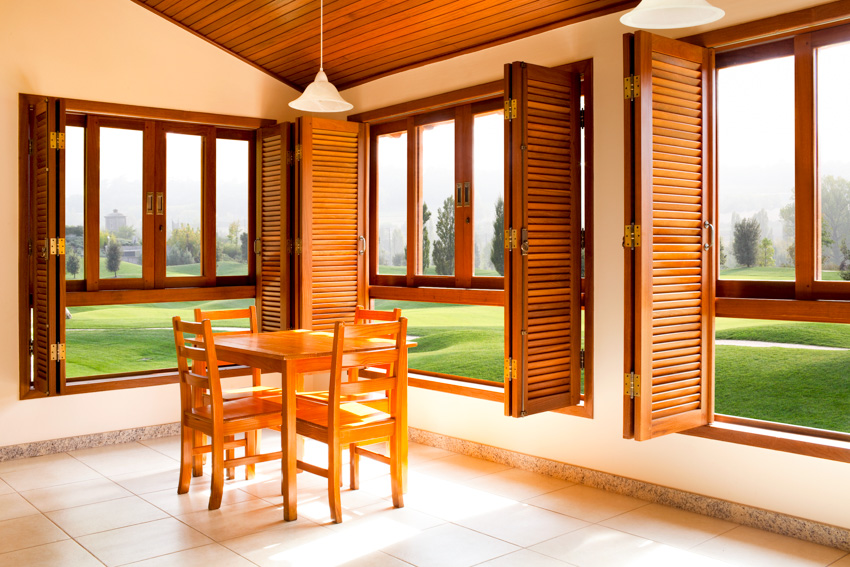
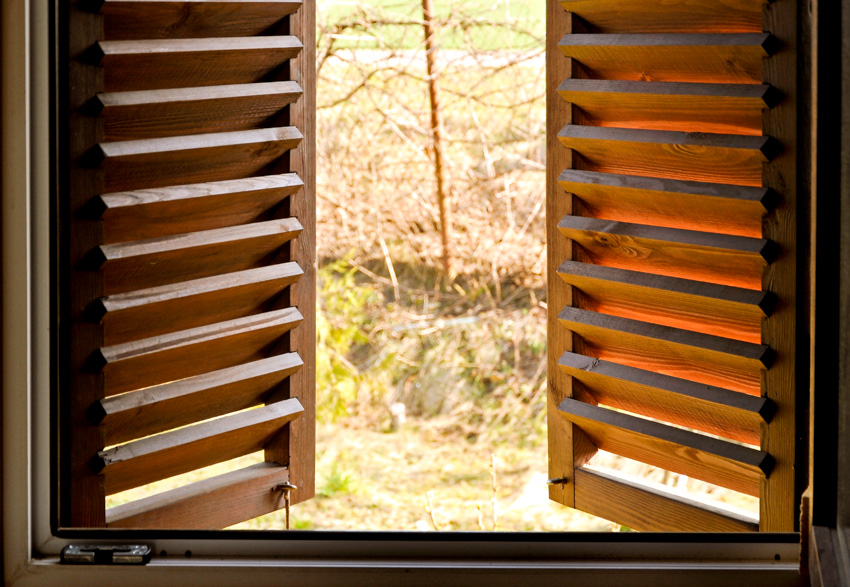
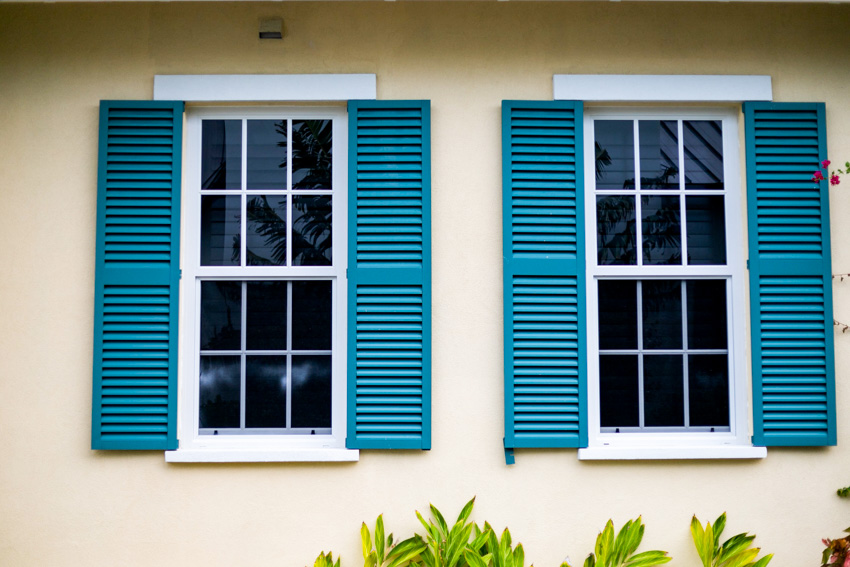

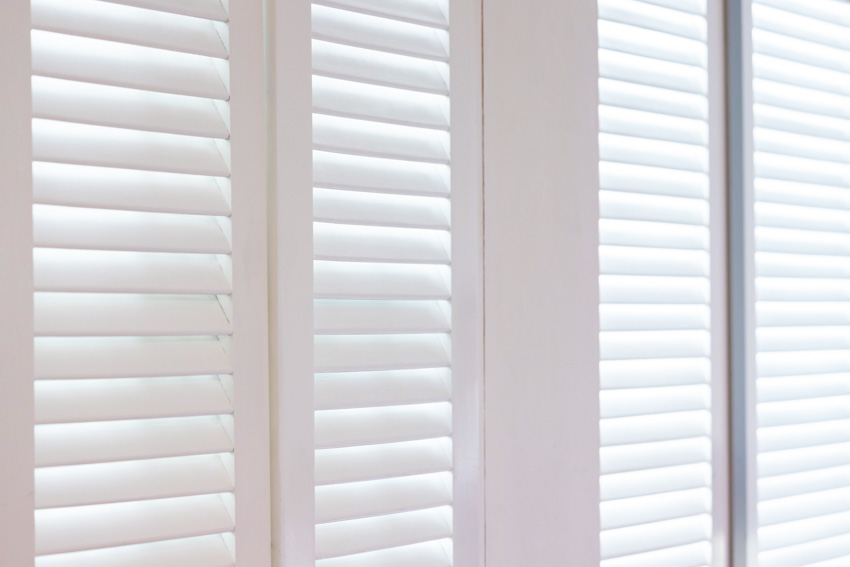


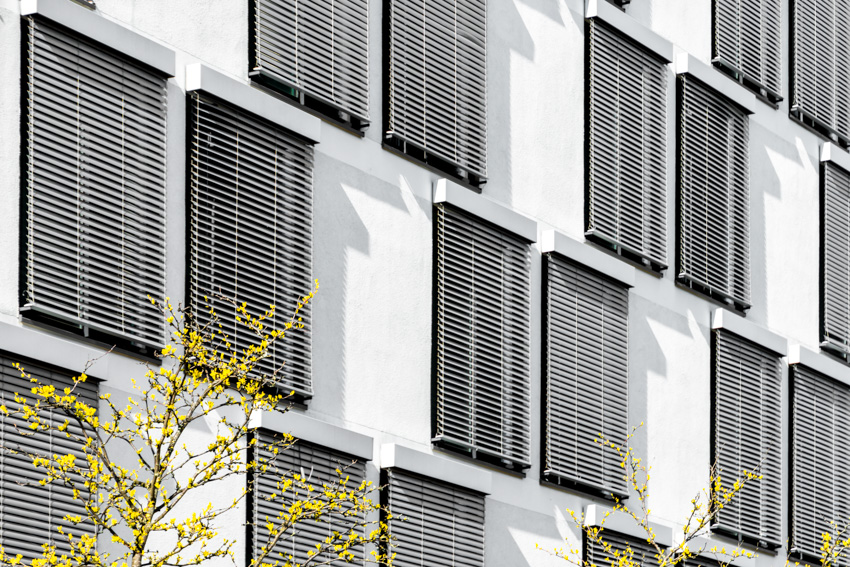
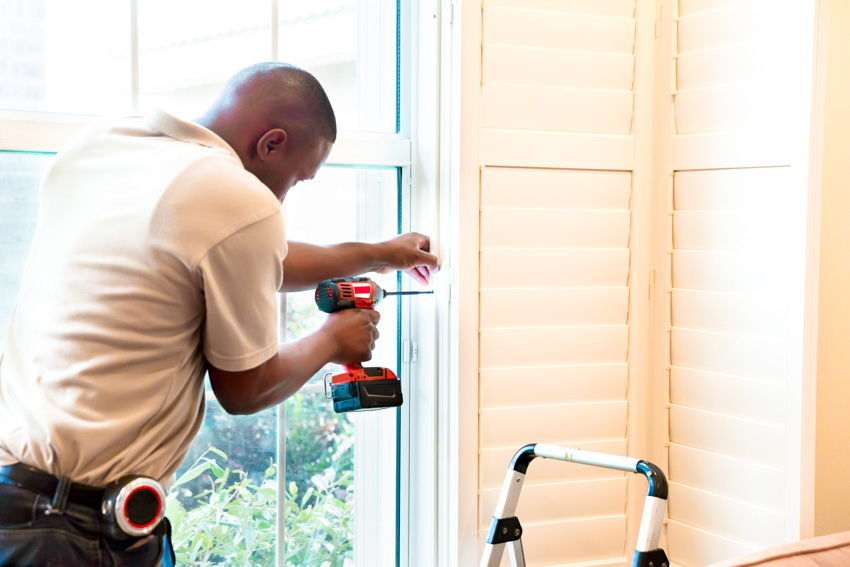
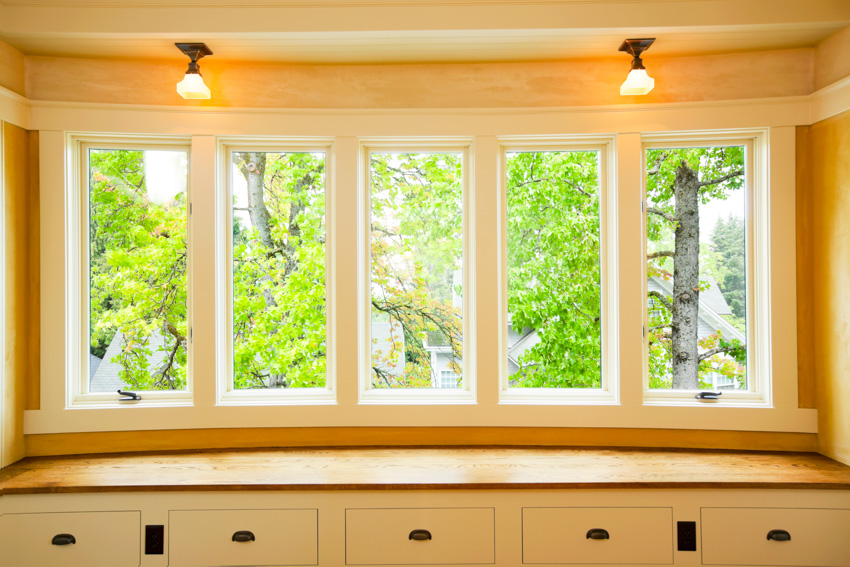
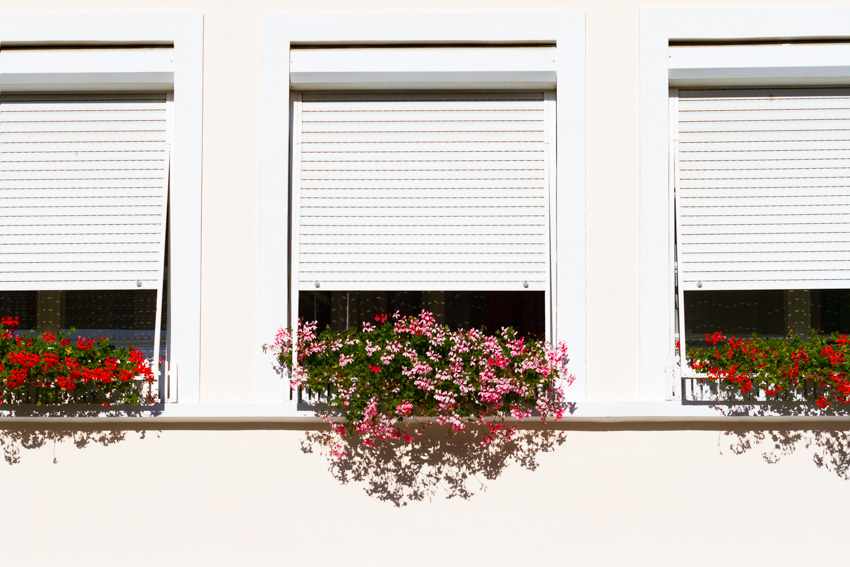
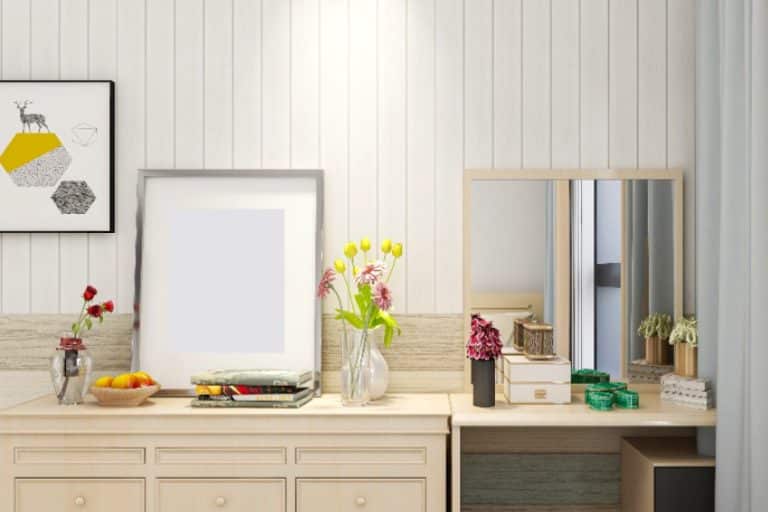

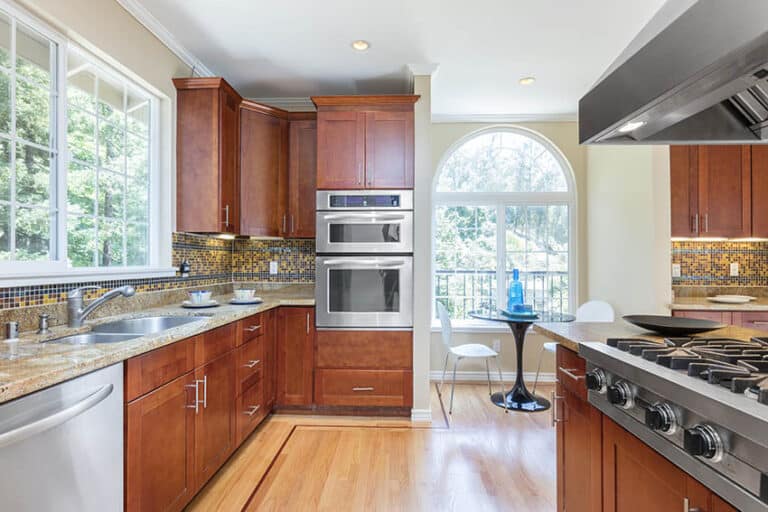
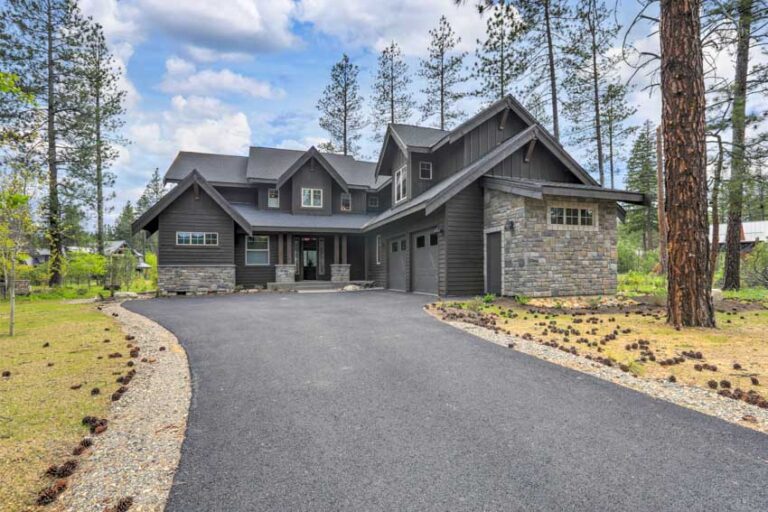

Our family is getting bigger so we might move into a bigger home as well next year. Thanks for mentioning that exterior plantation shutters are similar to interior ones but built with stronger materials to resist weather damage. I think this will be perfect since the state we will be moving to frequently experiences typhoons.
Thank you for explaining that the best shutters for your house will match the architectural style or design style of your house. My sister has been talking about adding shutters to her house and has been wondering how she could choose. I know that she wants the material to be aluminum so maybe that will narrow down her choices.